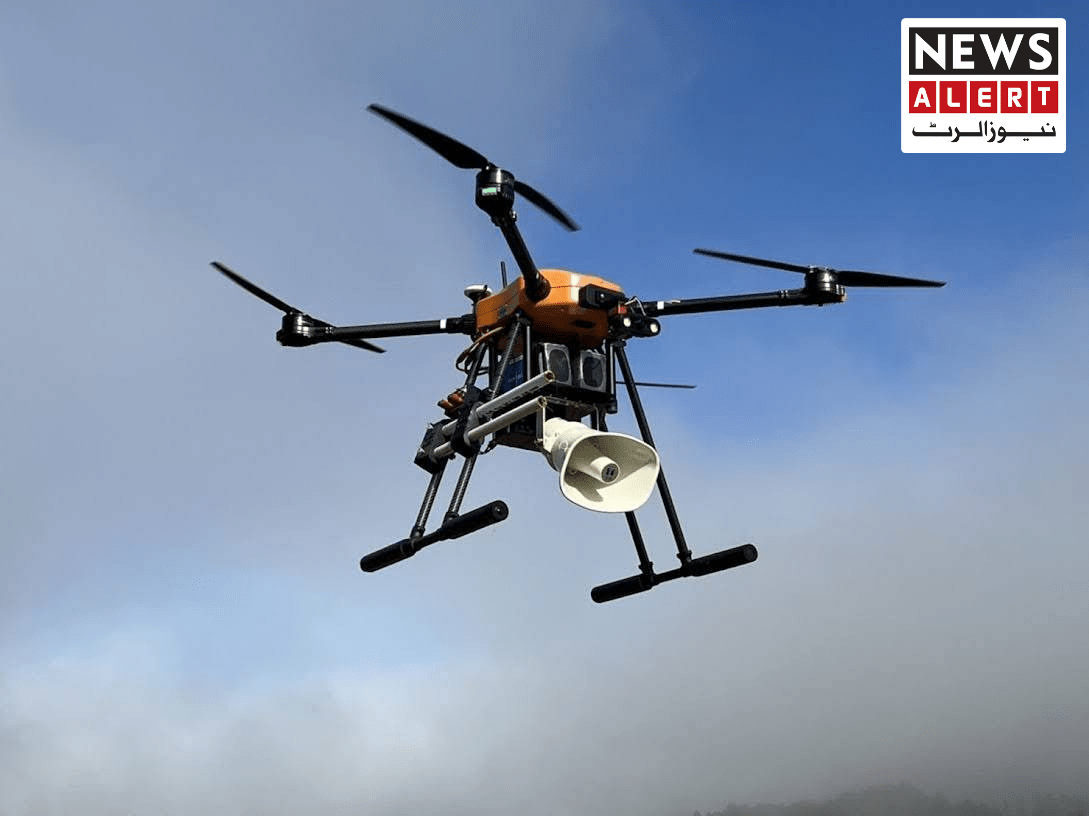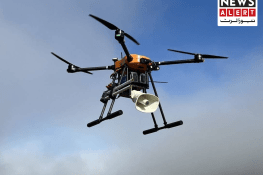Hida City Turns to Technology as Encounters Rise
Authorities in Hida, a mountain city in central Japan’s Gifu Prefecture, have introduced a creative method to control the growing number of bear encounters. They now fly drones that play loud recordings of hunting dogs. The aggressive barking startles the animals and drives them back into the forest.
Officials in Hida say the goal is simple: keep bears away from neighbourhoods without harming them. Bear sightings have increased in many parts of Japan due to shrinking forests, changing food patterns and population decline in rural areas. As fewer people live in remote villages, bears venture closer to towns in search of food.
This shift has created safety concerns, and many communities are looking for quick, humane solutions.
Fireworks and Sound Tools Support the Drone Strategy
Local authorities also use small fireworks and other sound-based devices to reinforce the deterrence. These tools help create a noisy, threatening environment for the animals. When bears hear multiple signals from different directions, they tend to withdraw deeper into the mountains.
Municipal teams often struggle to patrol rugged terrain, so drones give them an advantage. A drone can reach steep hillsides, forest edges and abandoned farmland within minutes. This wider coverage allows the city to react faster to sightings.
Japan’s Ministry of the Environment encourages such non-lethal approaches. Many regions now rely on flashing lights, motion sensors, electric fences and community patrols. Hida’s barking drones have become the newest addition to this expanding list of preventive methods.
Bear Attacks Injured Nearly 220 People Since April
Japan has recorded almost 220 injuries from bear attacks since April alone, according to local authorities. This number marks one of the worst years in recent memory. Many victims encountered bears while picking mushrooms, farming or walking near wooded areas.
Bears also damage crops. Farmers across several prefectures report that bears have entered orchards and destroyed apples, persimmons and other fruit. These losses hit rural communities hard, especially as many farms already struggle with ageing workers and low labour numbers.
Wildlife specialists note that bear populations have grown in some areas due to long-term conservation efforts. Meanwhile, climate change has altered the availability of nuts and berries. As natural food becomes unreliable, bears explore new areas—often closer to humans.
Government Hopes New Measures Will Cut Risk
The government hopes the drone strategy will reduce accidents and prevent confrontations. Drones allow officials to intervene quickly without putting people in danger.
Hida’s leaders stress that they do not want to harm bears. Instead, they aim to rebuild a safe distance between humans and wildlife. The city also encourages residents to take simple precautions: secure garbage, install bells on hiking trails and report sightings immediately.
Experts believe more Japanese towns will test similar tools in the coming years. Technology offers a way to coexist with wildlife while avoiding lethal options. Hida’s experiment may serve as a model for other regions that face the same problem.















